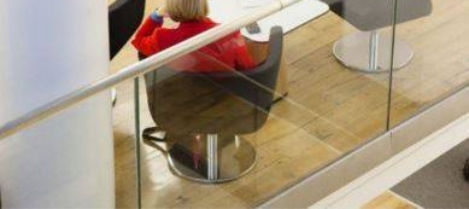February 3, 2016
Flexible working men pay a greater career premium than women 0
 The growing complexities of flexible working and changing gender roles are laid bare yet again in a new report published in Australia by management consultancy Bain & Company and advocate group Chief Executive Women. The report, The Power of Flexibilty, claims that male workers pay a penalty in their careers when they opt for flexible working because they enjoy less support and are more harshly judged than their female counterparts. Many are regarded as anomalies, caught between the expectation that men spend longer hours at work on the one hand, while striving to create a more balanced life, often in a household in which a woman is increasingly likely to be the main breadwinner. The authors of the report claim that men are currently experiencing the same sort of stigmas and biases faced by women in the early days of flexible working, even though both sexes continue to face barriers when opting for flexible work.
The growing complexities of flexible working and changing gender roles are laid bare yet again in a new report published in Australia by management consultancy Bain & Company and advocate group Chief Executive Women. The report, The Power of Flexibilty, claims that male workers pay a penalty in their careers when they opt for flexible working because they enjoy less support and are more harshly judged than their female counterparts. Many are regarded as anomalies, caught between the expectation that men spend longer hours at work on the one hand, while striving to create a more balanced life, often in a household in which a woman is increasingly likely to be the main breadwinner. The authors of the report claim that men are currently experiencing the same sort of stigmas and biases faced by women in the early days of flexible working, even though both sexes continue to face barriers when opting for flexible work.


































February 5, 2016
Employers believe Millennials are the most demanding workers 0
by Sara Bean • Comment, News, Wellbeing, Workplace
More →